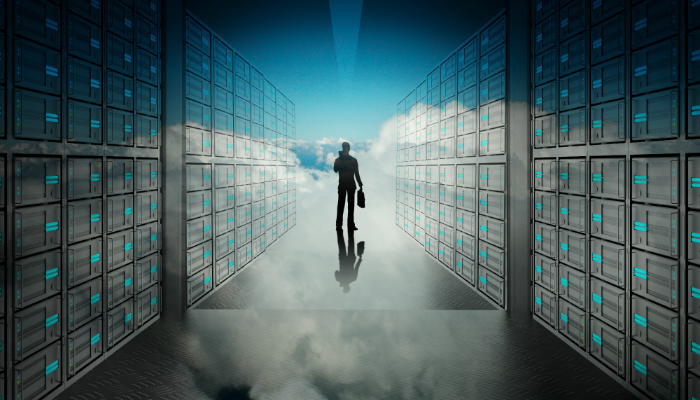Older data backup solutions are dependent on agents, small apps that operate in the background of every device that is backed up. The agent monitors changes to file systems and signals any calls for replication to backup servers.
The challenges involved with agents, however, are numerous. This is why agentless backup has become a more prevalent backup solution.
How Does Agentless Backup Work?
Maintaining and working with backup agents requires constant monitoring and updating. Agents are generally system-specific, so compatibility issues can be common, especially in today’s remote, multi-device work environments. Moreover, agents drain processing resources, which makes for compromised system performance overall.
At Atlantech, we work with a backup product that involves no agents. The benefits of agentless backup are enormous, but how exactly does it work? Without mini apps managing all of the backups, how can backup technology determine what to copy over?
Let’s dive in to answer that question!
Agentless Backup: How It Works
From the machine level on up, the architecture of agentless backup is simple and straightforward. Two software components – the DS-Client and the DS-System – do it all.
Installed on a server powered by Windows, Mac or Linux, the DS-Client copies the data from all of the machines it is backing up. The data is processed to remove redundancies and then compressed – to reduce its size – and encrypted to keep it secure.
The DS-Client then uses IP WAN technology to transmit the smaller, protected files to the DS-System, the storage provider, which could be in your office or in the cloud.
What’s so revolutionary here? How is this different from what agents do?
It’s all in the structure.
Instead of cumbersome agents weighing down every device, the DS-Client leverages your operating system’s existing resources to identify what needs to be backed up.
With agentless backup, the way your data is transmitted is different as well.
DS-Client integrates with your servers – it works well with any number of platforms, including NT domains, Trusts, and Novell NDS trees – and operates within the confines of your system’s existing LAN security settings. The DS-Client can log into the target backup system using APIs.
The DS-System is then responsible for managing the data it receives from one or more DS-Clients, and maintaining the storage repository where the data is to be kept. DS-System is also extremely versatile and light technology – it can be installed on several operating systems, simply configured as a NAS or SAN direct-attached disk. The way this backup integrates into the already functioning operating system makes data backup a smoother, faster process.
File Fixing and Local Recovery
Another key way that superior agentless products keep backups functioning smoothly is with an Automatic Healing module, designed to identify corrupted and otherwise problematic files. It isolates the corrupted file or files, determines whether they can be repaired, and tags those that can’t be re-transmitted the next time around - the next scheduled backup.
If the devices you are protecting are in the same physical plant as your backup servers, you’ll have even more features at your fingertips. Local users can restore critical data immediately, and at LAN speed, no less. This Local Restore tool enables recovery of specific files, without needing to take the time to roll back in full.
Why Agentless Backup?
Agentless backup relies on the network to create useful archives of operating systems, files, applications, and anything else that needs backing up. Agentless software uses technologies that are standard to the industry, which makes it easy to install and support.
Because this approach eliminates the need for agents to backup data effectively, it also eliminates all of the negative ramifications of agents, like compatibility snafus and significant drains on processing resources.
The DS-Client can also handle multi-level access controls. By accepting multiple credentials on the same network, the domain administrator is able to manage backups for all of the systems, from smartphones to servers.
By optimizing access in this way, managing the backup and recovery requires less manpower, of course, but also far fewer LAN and target system CPU resources.
The Logic that Drives Agentless Backup
As an advanced backup solution for all types of devices, operating systems, file systems, formats, and databases, agentless backup fundamentally negates the need for pesky technological middlemen. As a whole, this technology is lighter on resources and rich in features and versatility.
Leveraging the functionalities that are already in place streamlines the entire process of data backup – and, in the event that it is necessary, full recovery.

